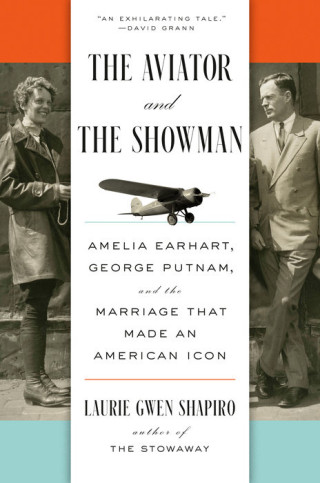“I am ordering my Administration to declassify and release all Government Records related to Amelia Earhart, her final trip, and everything else about her,” President Donald Trump announced recently on Truth Social, pulling one of America’s most enduring legends into the political present. For more than eight decades, Earhart’s 1937 disappearance has been fertile ground for speculation: pulp stories, Hollywood films, and best-selling books that turned a tragic accident into lurid melodrama or unsolved mystery.
Underlying all these tales is the idea that Washington concealed the truth, a narrative that has never withstood serious scrutiny. Aviation historians are nearly unanimous: Earhart and her navigator, Fred Noonan, ran out of fuel over the Pacific. The ocean swallowed the Lockheed Electra, as it had countless other planes. Earhart’s own family’s Bible records, which I saw firsthand while researching my recent biography of Earhart, put it plainly: “Lost at sea about July 4-5-6, 1937, in the Pacific.” Earhart wanted to be remembered for her courage, her flying, and her work on behalf of women. But she has also become something else: a national ghost story, repurposed for every era.
What makes the hoaxes about Earhart endure is not evidence but appetite. She was glamorous, daring, and unfinished. Her abrupt disappearance left space for projection; the public has long been reluctant to accept that such a mythic figure could have died as mundanely as any other pilot who ran out of fuel. Conspiracy theories promise a more dramatic ending—espionage, capture, reinvention—and mystery sells far better than tragedy.
Earhart was undeniably brave and determined. But the polished “Queen of Aviation” was also the invention of her husband and publisher, George Palmer Putnam, who promoted her as much as he managed her. In the late 1920s, before she had enough training to qualify for advanced licenses, she sometimes logged flights in which mechanics or co-pilots handled the controls. Putnam nevertheless presented her to the public as the flier, packaging those padded hours as proof of mastery. He even claimed that she was the fourth woman in the United States to hold a transport license, a major achievement she did not actually obtain until the following year, after additional training. By 1937, on the eve of her last flight, she had yet to master Morse code, the essential tool for long-distance communication. Months earlier, she had ground-looped her Electra on a Pearl Harbor runway, spinning out and collapsing the landing gear.
